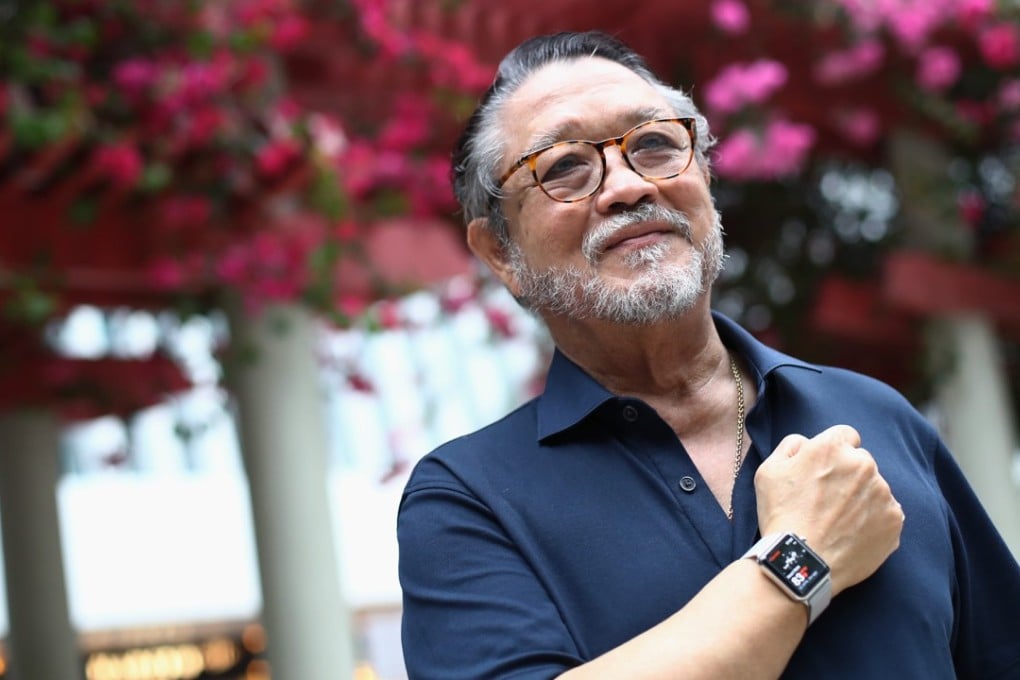How a smartwatch literally saved this man’s life and why he wants more people to wear one
An alert from his smartwatch prompted 76-year-old Hongkonger Gaston D’Aquino to go to hospital, even though he was feeling fine. It turned out his coronary arteries were almost completely blocked. Now he has a new lease on life and wants to share his story

Gaston D’Aquino did not wait for the priest’s final blessing before he left Easter Sunday mass in Hong Kong on April 1. He went directly to Adventist Hospital to learn why the alarm on his Apple Watch had gone off during the service, alerting him to a spike in his heart rate.
“I had read about these cases before, so I knew it was something that was serious,” the semi-retired diamond trader says, adding he skipped family Easter lunch because “I thought that going to the hospital was that important. It was a strong signal, not ambiguous. It said I had an elevated heart rate.”

“I told the doctor I don’t know why I’m here, but my watch tells me I have an elevated heart rate. He says, ‘Are you feeling anything?’ I said no, I feel fine, I’m feeling all right, nothing’s wrong.”
Hits & Myths: heart attack symptoms don’t always include chest pain
Hooked up to an electrocardiograph machine – which records the heart’s electrical activity – he learned something was wrong. He was immediately referred to cardiologists.